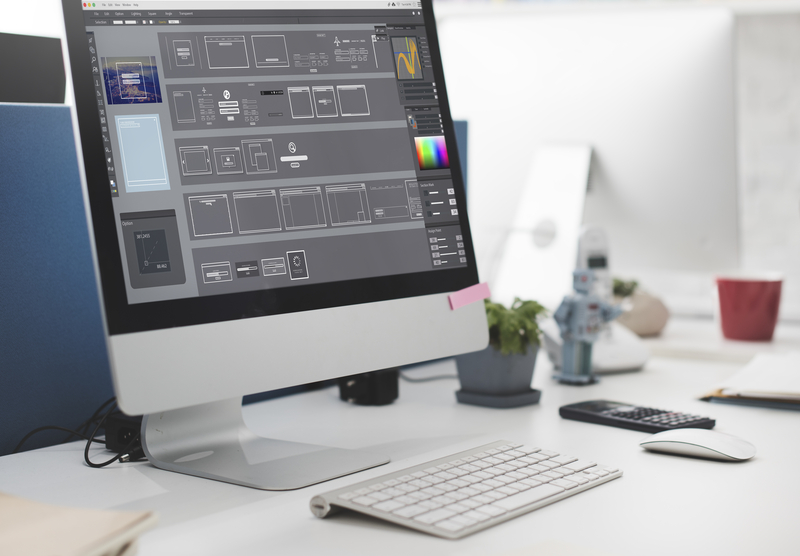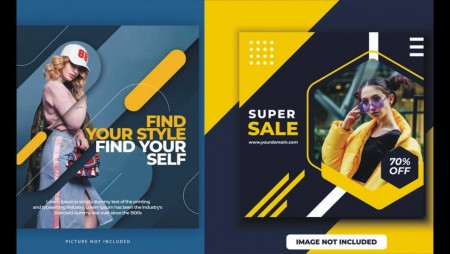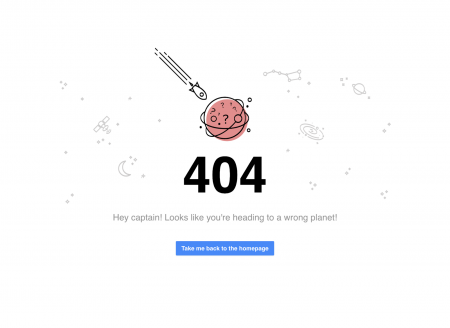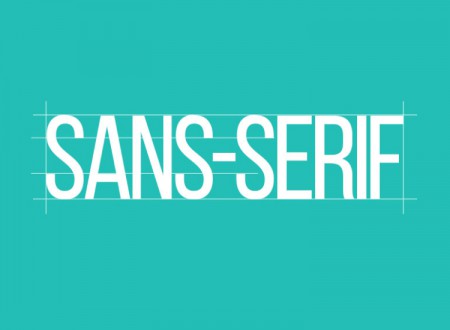Mixed media is an inevitable part of the rising graphic design trend. More designers are going away from the minimalist trend and starting to embrace more details, colors, and variations. Mixing media in design visuals, such as pen, pencil, and textured materials, is a great way to attract the audience and communicate your inspiration.

What is Mixed Media?
Mixed media refers to using more than one material in one work. For example, one artwork may show a combination of paint, wood, cloth, fabric, and many more. Mixed media is not new; works like Picasso’s Still Life with Chair Canning and the coming of artists like Joseph Cornell and Henry Matisse featured mixed media.
In graphic design, mixed media can mean creating a design or illustration using different media and combining them using design tools. For example, you create the illustration with pencil and ink, make the background with oil paint, and combine them digitally.
Common Types of Mixed Media
Artists and graphic designers continue creating mixed-media designs to showcase their diverse skills and unique ideas. Common types of mixed media inspire even digital graphic designers. Examples are:
-
Collage
Collage combines different materials into one artwork or design, a common form of mixed media work. It can combine paint or pencil with newspaper clippings, textiles, ribbons, and folding paper. Graphic designers can combine different effects to create a digital collage with this style.
-
Found Object
Popularized by French painter and sculptor Marcel Duchamp, found object art combines used and found objects in an artistic piece, installing them in creative ways.
-
Wet and Dry Media
Another common style for graphic designers, this type uses wet and dry drawing materials to create distinctive artwork. Wet media include paint and ink, while the dry ones are pencil, charcoal, and crayon.
Tips to Create Balance in Mixed Media
When using mixed media principles, there are several principles to remember if you want to create a balanced look. Here is how to apply them:
-
Think of the Proportion
Imagine the final look you want for your art. Is there an equal balance between every element? Or will there be one or two parts that look distinguished? It will help determine the media types and how you will accentuate specific parts with different media.
-
Start with a Limited Palette
Limiting your color palette as a starter helps you develop a balanced composition. Think of two or three main colors with one accent. Once your artwork grows, you can better see if there are gaps that need to be filled with other colors.
-
…and the Same with Materials
No matter how many materials you have, start with two or three to see if they align with your vision. How do they look together? Can they create continuity in your composition? Once you feel good with the first few picks, you can try experimenting and finding your material preferences.
-
Experiment with Layers
Don’t be afraid of layering! A flat surface can benefit from layers, even if you create them digitally using special effects. Fabric or paper texture on top of the paint can create a cool depth, making your art look poignant.
Examples of Mixed Media Design Works
New York-based French artist Takeshi is a modern example of a graphic designer who works with mixed media. His works often involve surrealistic images made of composite and different media, such as ink, paint, photographs, and textures like textiles or feathers. They involve a lot of colors and asymmetrical compositions, but each element still connects to the other.
David Wightman adds depth to his abstract painting by using textured wallpaper. He would combine smooth and textured surfaces with oil and acrylic paint, creating unique layers. His works are also printed onto fabric like clothes and carpets, adding extra dimension to the mixed media artworks.
Brazilian graphic designer Douglas Alves is known for combining photography, artistic typography, vector arts, and illustrations in one artwork. Many of his works involve minimalistic colors or even black and white, but the composition creates a dramatic touch to every work.
Mixed media allows artists and designers to expand their imagination, blending well with the rising graphic design trend in maximalism and border-breaking artworks. Consider involving mixed media in your design for more distinctive, creative artwork.







Customer questions & answers